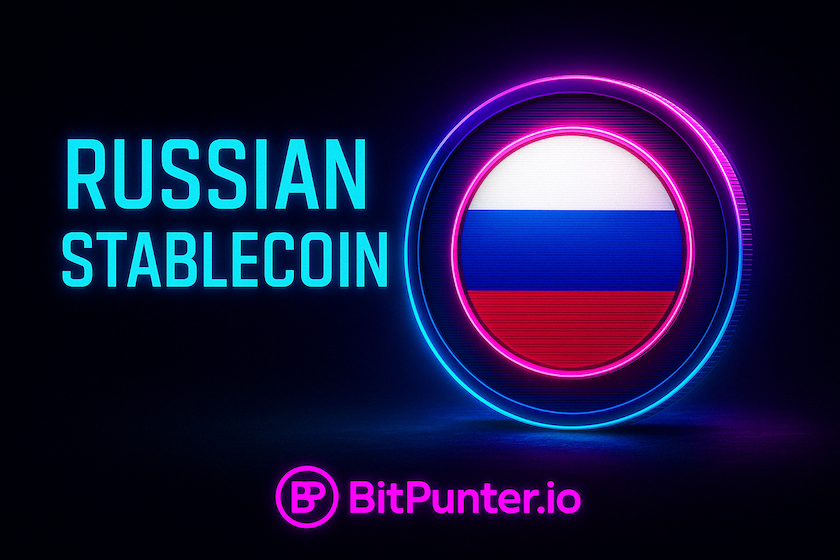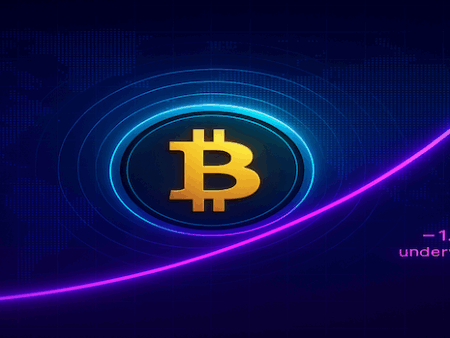Russia Pushes for Russian Stablecoin After USDT Freeze
🇷🇺 In the wake of a major USDT wallet freeze tied to EU sanctions, Russia is intensifying efforts to develop its own Russian stablecoin to bolster financial sovereignty. The incident has reignited the debate over the country’s dependence on foreign-issued digital currencies like Tether (USDT), especially as the geopolitical landscape continues to evolve.
 💸 The wallet freeze, affecting over 2.5 billion roubles on the Garantex exchange, underscored the risks of relying heavily on stablecoins such as USDT, which are subject to the decisions of foreign authorities. In response, Osman Kabaloev, Deputy Director of Financial Policy at the Russian Ministry of Finance, proposed exploring a Russian stablecoin that could potentially be pegged to the national currency or a basket of local assets.
💸 The wallet freeze, affecting over 2.5 billion roubles on the Garantex exchange, underscored the risks of relying heavily on stablecoins such as USDT, which are subject to the decisions of foreign authorities. In response, Osman Kabaloev, Deputy Director of Financial Policy at the Russian Ministry of Finance, proposed exploring a Russian stablecoin that could potentially be pegged to the national currency or a basket of local assets.
🌐 Stablecoins have long served as a bridge between traditional finance and crypto markets, offering price stability in a volatile space. However, Russia’s reliance on USDT has grown due to limited access to international payment systems under Western sanctions. The concept of a Russian stablecoin is being floated as a secure alternative for domestic entities conducting cross-border payments without involving Western intermediaries.
🧩 At present, Russia permits the limited use of cryptocurrencies for international settlements under a tightly regulated framework. However, domestic use of digital assets remains largely restricted. The introduction of a Russian stablecoin could help authorities strike a balance between leveraging blockchain innovation and maintaining regulatory control over capital flows.
📊 A Russian stablecoin could also facilitate trade with allied nations experiencing similar restrictions or those seeking to reduce their dependency on the U.S. dollar and Euro. As more countries experiment with Central Bank Digital Currencies (CBDCs) and localized stablecoins, Russia’s move could reflect a broader regional shift toward financial independence in the digital age.
🧠 Kabaloev’s suggestion is not the first time Russian officials have hinted at the need for alternatives. However, the Garantex incident has added urgency to these discussions. By launching a Russian stablecoin, the government could retain control over its digital financial ecosystem and minimize exposure to external enforcement actions.
⚖️ The legal foundation for launching a Russian stablecoin is still unclear, as the country’s crypto framework remains under development. The current “experimental regime” allows certain companies to test cross-border crypto payments, but the regulatory scope would need to be broadened for a nationally recognized stablecoin to thrive.
📈 Analysts note that a Russian stablecoin could take multiple forms—whether issued by a private consortium under strict oversight or directly by a state-affiliated institution. If pegged to the rouble, it could function similarly to a digital rouble but with more flexible use cases in the decentralized finance (DeFi) sector.
🌍 The push for a Russian stablecoin also reflects global trends. China’s digital yuan and discussions in Brazil and India about sovereign stablecoins show a growing desire among emerging markets to regain control over digital assets used in trade and finance. Russia’s entry into this space could spark new alliances and innovations in international blockchain-based commerce.
🔐 Finally, while a Russian stablecoin could enhance financial autonomy, it also raises concerns about surveillance, privacy, and centralization. Citizens and businesses alike may be cautious, especially if the stablecoin’s architecture allows full government oversight of transactions.





















